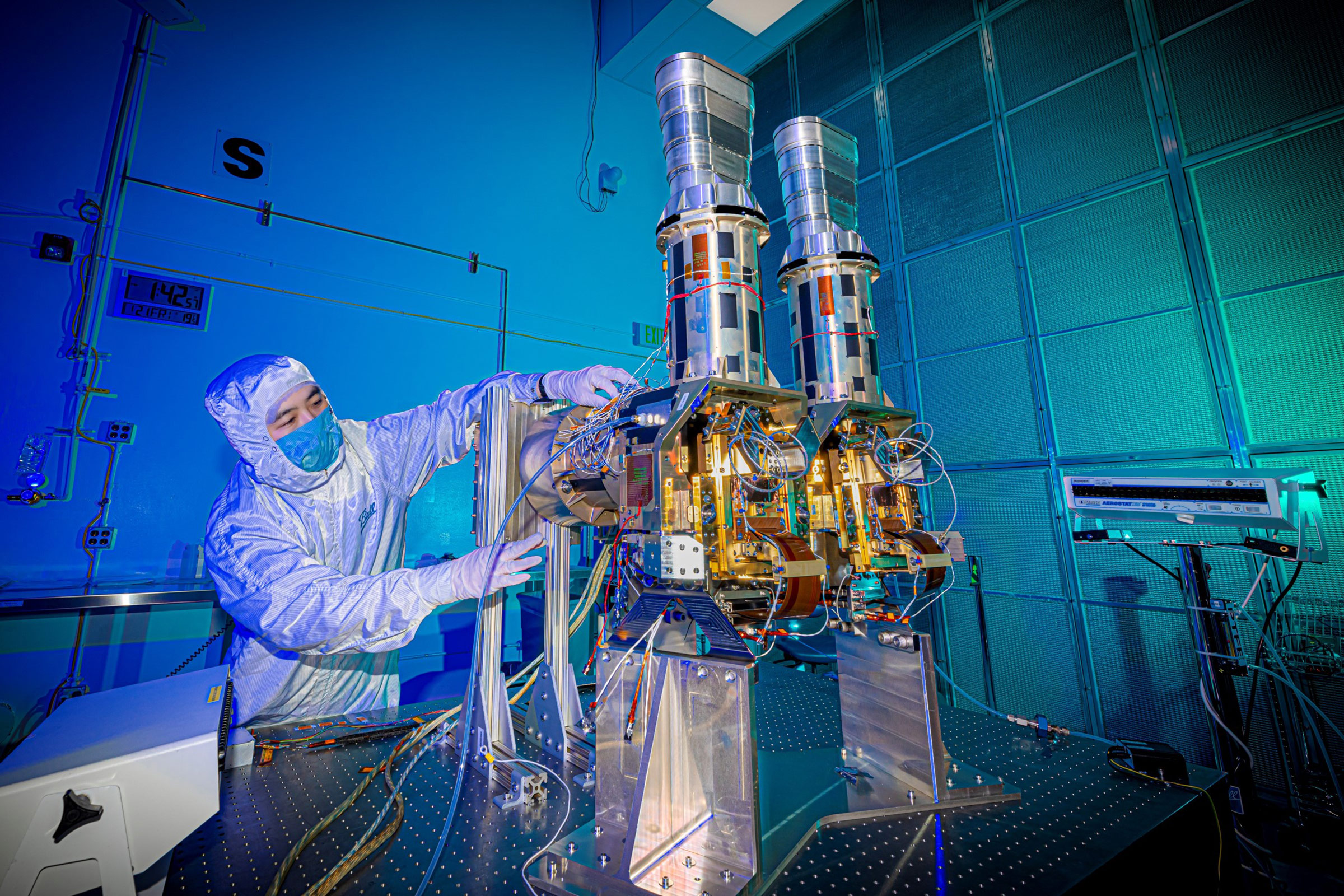These are independent reviews of the products mentioned, but TIME receives a commission when purchases are made through affiliate links at no additional cost to the purchaser.
Carbon dioxide is the most common greenhouse gas, but close behind is methane, which is more than 25 times as potent as CO₂ at trapping heat. Tracking the exact source of methane emissions, most of which are caused by accidental leakage during fossil-fuel production, is challenging. MethaneSAT, slated to be launched into orbit by the Environmental Defense Fund in early 2023, will help. The $90 million satellite, the first to be launched by an independent nonprofit, will circle the earth every 90 minutes, using infrared imaging to spot methane leaks. Data on trouble spots can then be reported to companies, spurring corrective action.
More Must-Reads from TIME
- Cybersecurity Experts Are Sounding the Alarm on DOGE
- Meet the 2025 Women of the Year
- The Harsh Truth About Disability Inclusion
- Why Do More Young Adults Have Cancer?
- Colman Domingo Leads With Radical Love
- How to Get Better at Doing Things Alone
- Michelle Zauner Stares Down the Darkness





